Loyalty in the 60s, 70s, 80s, and 90s: The Brands That Stood the Test of Time
This week, we’re going back in time to look at the brands that defined customer loyalty across four pivotal decades: the 1960s, 1970s, 1980s, and 1990s.
All of these businesses cultivated loyalty through a mix of emotional connection, consistent quality, and a customer-first approach.
So what are they, and how have they survived the test of time?
1960s
Fairy Liquid (UK)

Why They Won Loyalty:
Fairy Liquid became a British household staple thanks to its long-lasting formula and iconic green bottle. With its slogan, "Now hands that do dishes can feel soft as your face," Fairy Liquid combined effectiveness with gentleness, appealing to consumers looking for a product that delivered both performance and value.
The Secret to Success:
Fairy Liquid's focus on durability and value resonated with families looking to stretch their budgets. Generations of households trusted the brand, passing it down through word of mouth. In later decades, its shift toward eco-friendly practices helped maintain loyalty while attracting new, environmentally conscious customers.
Ford (USA)
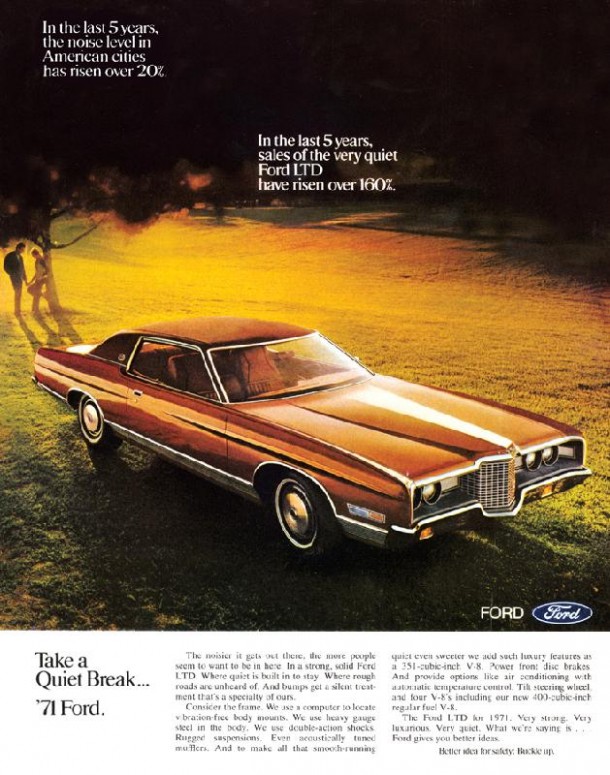
Why They Won Loyalty:
In the 1960s, Ford dominated the American auto industry with iconic models like the Mustang. Ford’s cars symbolised American pride and freedom, and their affordability made them accessible to the everyday consumer.
The Secret to Success:
Ford's success was built on durability, innovation, and a deep connection to American culture. Whether it was their muscle cars or family-friendly sedans, Ford created vehicles that embodied the American dream, driving loyalty for decades.
1970s
Marks & Spencer (UK)
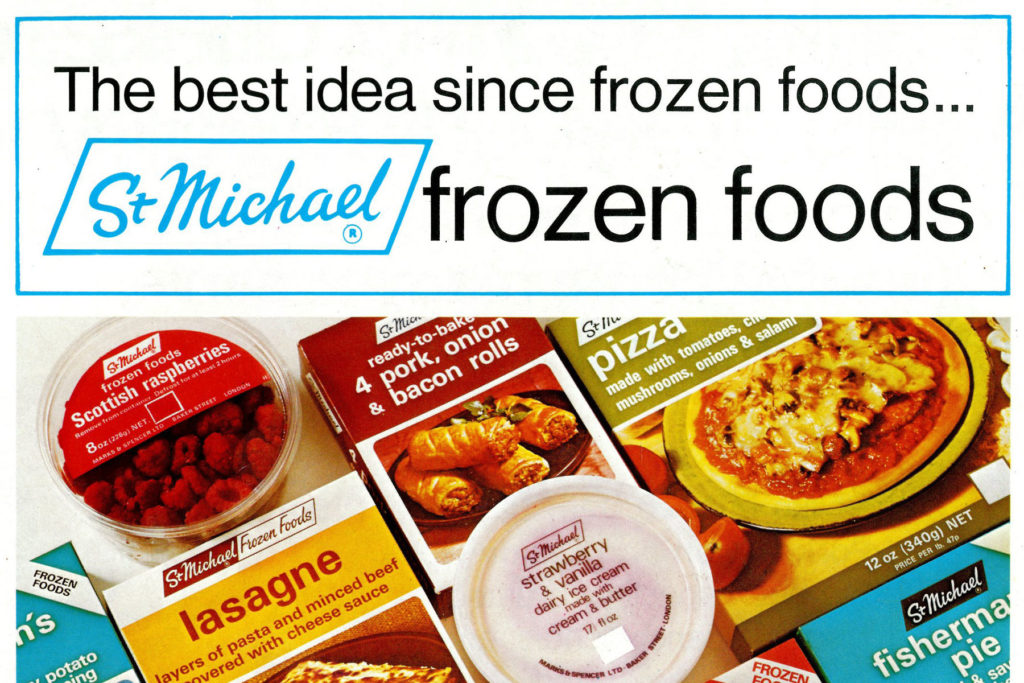
Why They Won Loyalty:
Marks & Spencer revolutionised British shopping by introducing convenience foods in the 1970s. Known for its quality in both food and fashion, M&S became a staple in homes across the UK. Virtually all goods sold by M&S were branded as St.Michael. By 1973, their pre-packed food items were available in 100 stores, cementing their place as the go-to for both groceries and clothing.
The Secret to Success:
M&S built its reputation on consistent quality and innovation. Introducing convenience foods helped families save time, and the emphasis on British-made products fostered a sense of national pride. These values continued to drive loyalty well into the 80s and 90s, and M&S is still a popular retail brand today.
M&S has a loyalty program, Sparks, which was relaunched as a digital-first loyalty scheme in 2020. The program rewards customers with personalised offers, treats and charitable donations. Since its relaunch, M&S has doubled the number of Sparks members to over 16 million.
Levi's (USA)
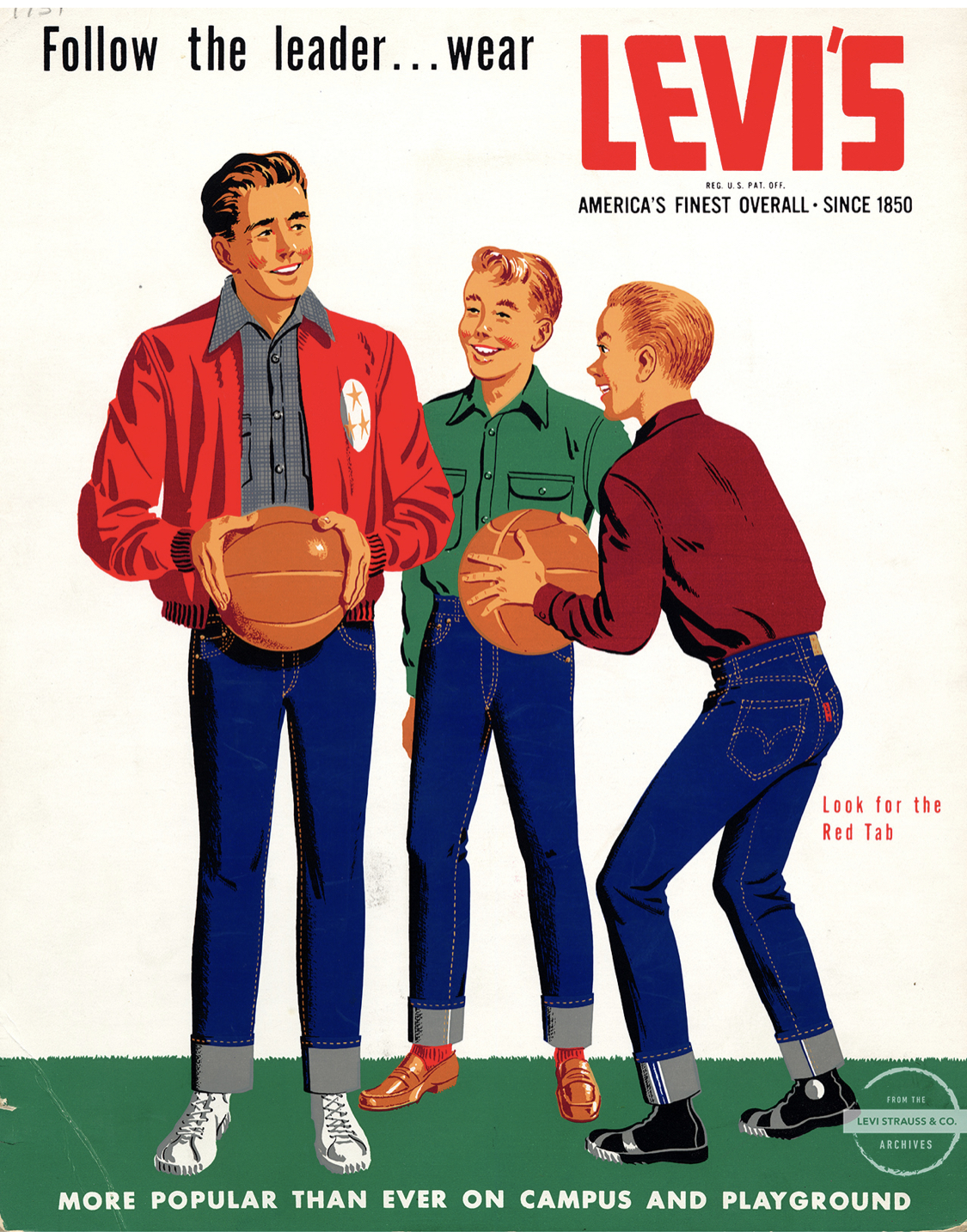
Why They Won Loyalty:
Levi’s became a cultural icon in the 1970s, particularly among younger generations. The brand’s association with rebellion and freedom, along with its durable workwear, quickly built a loyal customer base.
The Secret to Success:
Levi’s wasn’t just about selling jeans; they were selling a lifestyle. Their connection to counterculture and American identity resonated deeply with young people, creating an emotional bond that turned casual buyers into lifelong fans. Levi’s remains an iconic denimwear brand, mostly recently collaborating on advertising with Beyonce.
Andrex (UK)
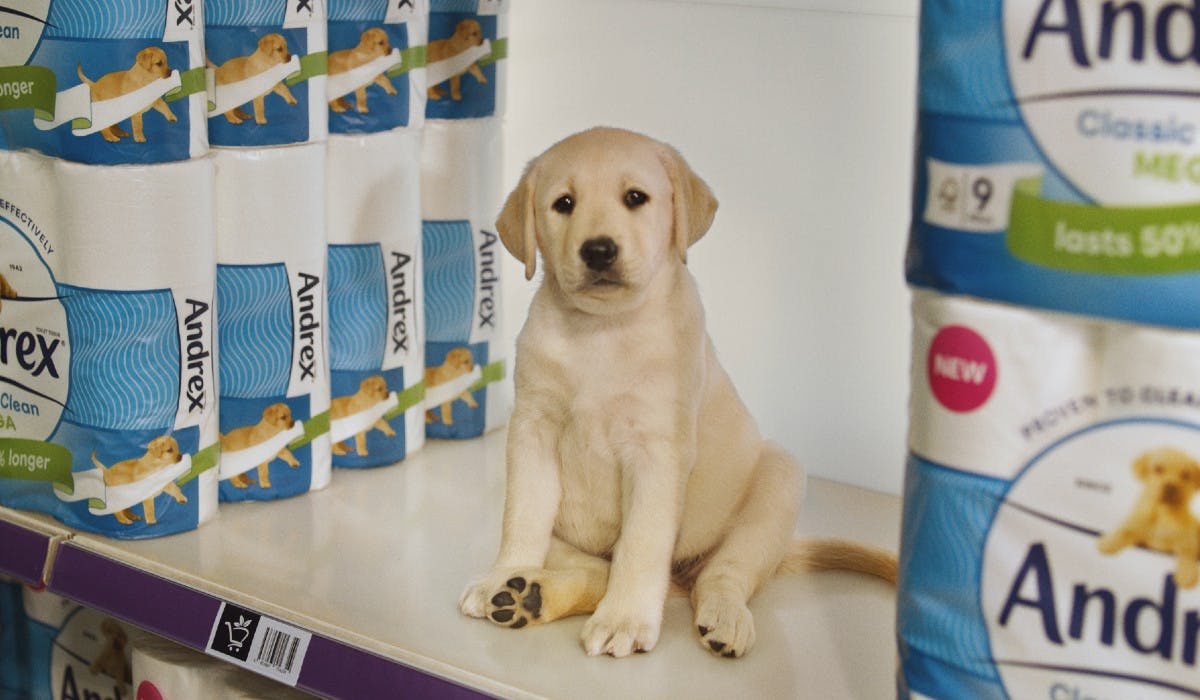
Why They Won Loyalty:
One of the most iconic consumer brands to emerge over the last few decades is Andrex, which cemented itself as a household name across the UK.
While Andrex has maintained its market leadership for decades, it became particularly embedded in the hearts and homes of British families in the 1970s.
According to Matt Stone, UK and Ireland marketing director of parent company Kimberly-Clark, as many as 1 in 10 UK households had a toy Andrex puppy.
The Secret to Success:
Introduced in 1972, the cute, fluffy puppy quickly became an enduring symbol of softness and care. By 1979, Andrex had grown its market share from 23% to 30%, indicating that the brand resonated strongly with consumers.
Andrex still has a market share of 30% today, a strong example of how long-term brand loyalty can be achieved by focusing on emotional connection, effective marketing, and product consistency.
1980s
British Airways

Why They Won Loyalty:
British Airways became known for its high-quality service and luxury flying experience in the 1980s. Their "World’s Favourite Airline" campaign set a new standard in air travel, with new innovations like fully flat beds in business class.
The Secret to Success:
The airline’s commitment to comfort, innovation, and exceptional customer service made frequent flyers feel valued. Their ability to deliver a luxurious, seamless travel experience built strong customer loyalty, both in the UK and globally.
Nike (USA)
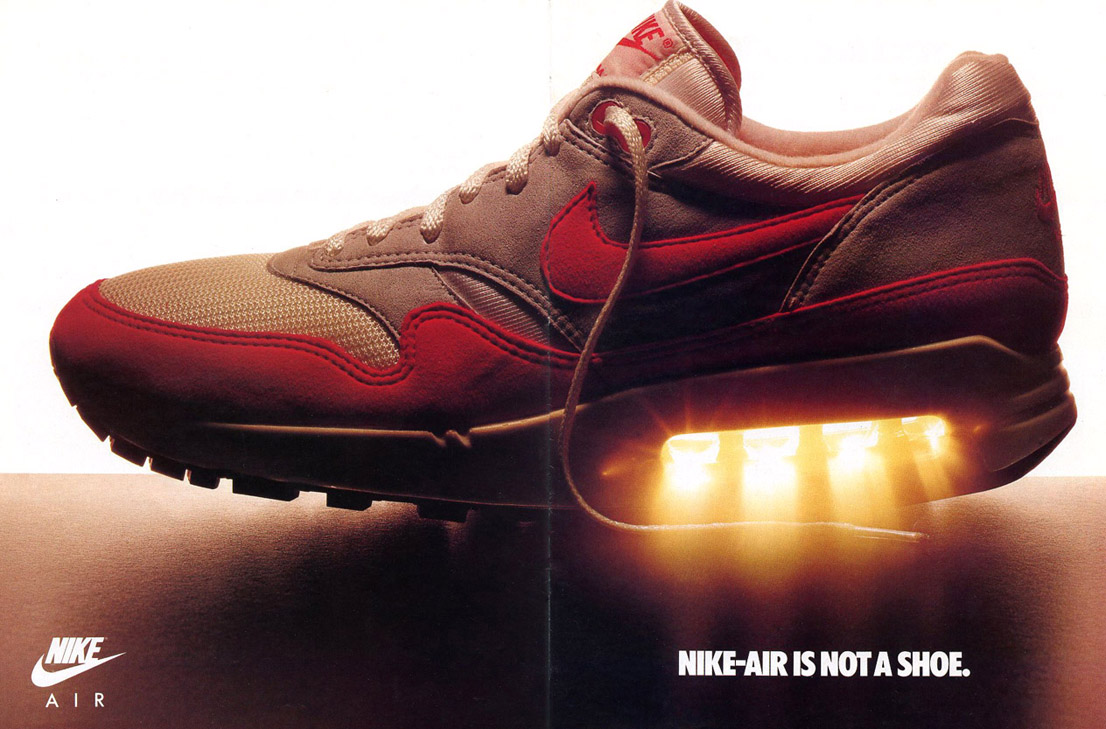
Why They Won Loyalty:
Nike exploded in popularity during the 1980s with groundbreaking designs and iconic campaigns like "Just Do It." Partnering with athletes like Michael Jordan, Nike became a cultural phenomenon.
The Secret to Success:
Nike's focus on performance and self-expression resonated with consumers looking for more than just sportswear. The brand tapped into emotional connections, empowering customers to push their limits and embrace individuality, which translated into strong loyalty. Nike is as good at engaging its customers today as it was back then, with a digital loyalty platform that keeps customers coming back.
1990s
Dyson (UK)

Why They Won Loyalty:
Dyson revolutionised the vacuum industry in the 1990s with its powerful cyclonic technology. Known for sleek design and unmatched performance, Dyson quickly became a must-have for UK households.
The Secret to Success:
Innovation was at Dyson’s core. By solving a problem consumers didn’t even know they had (inefficient vacuums), Dyson delivered a product that was both practical and stylish, turning customers into brand advocates. Dyson has since diversified its product offerings, introducing air treatment and haircare products across the past 20 years.
Virgin Atlantic (UK)
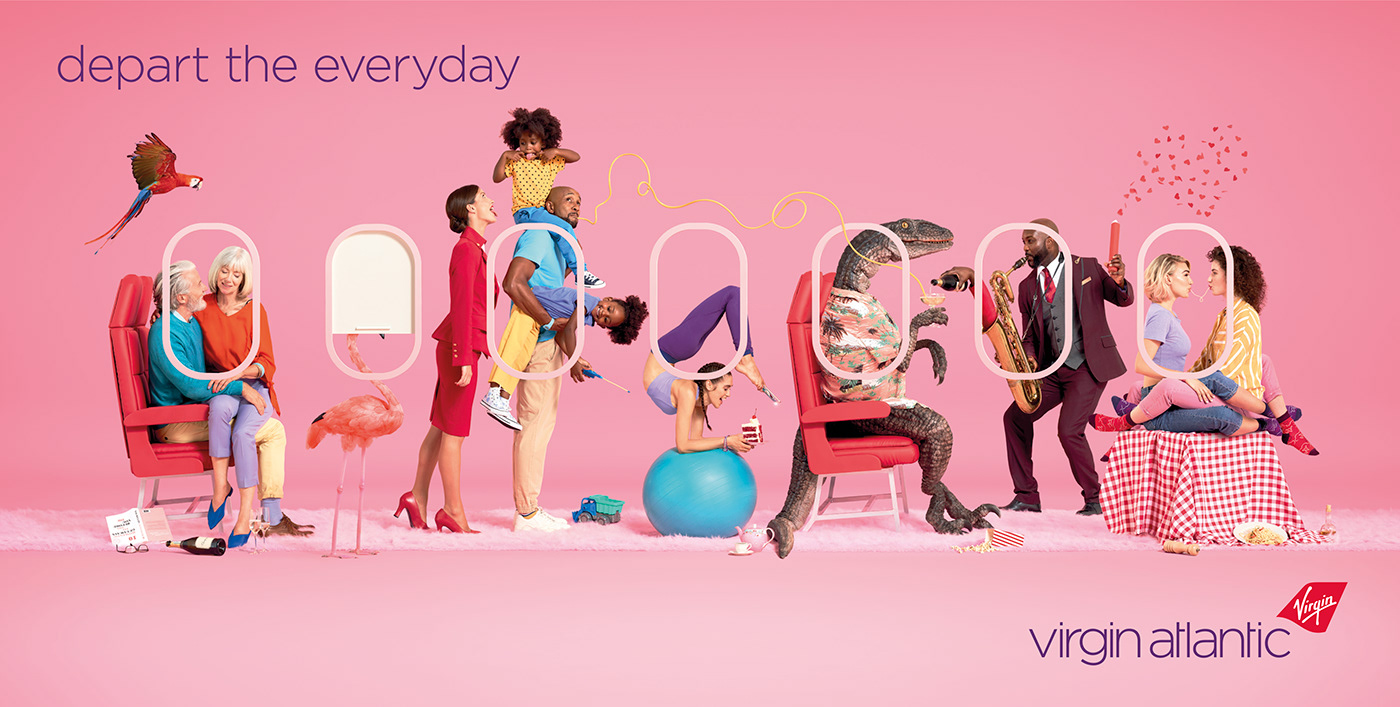
Why They Won Loyalty:
Virgin Atlantic disrupted the airline industry in the 1990s by focusing on customer comfort and entertainment. Richard Branson’s bold, risk-taking persona helped Virgin attract a loyal customer base that appreciated its unconventional approach.
The Secret to Success:
By delivering a unique flying experience and embracing innovation, Virgin Atlantic broke free from traditional airline norms. Their brand became synonymous with fun, excitement, and exceptional service, making loyal customers feel like they were part of something special.
Apple (USA)

Why They Won Loyalty:
Apple redefined consumer technology in the 1990s with sleek, user-friendly products like the iMac. Known for their focus on design and creativity, Apple attracted a dedicated fanbase that grew with every innovative product release.
The Secret to Success:
Apple’s seamless integration of hardware and software, along with its commitment to creativity, helped build a fiercely loyal community. The brand didn’t just sell products; it created an ecosystem that consumers didn’t want to leave. And here we are, in 2024, with Apple still being the technology brand of choice globally. They've come a long way!
Key Themes in Brand Loyalty Across Decades
So, what can you take from all this?
- Cultural Relevance: Brands like Levi’s and Ford tapped into national pride and cultural movements, strengthening emotional connections.
- Innovation & Performance: Leaders like Dyson, Nike, and Apple stayed ahead by constantly pushing boundaries, keeping consumers excited and engaged.
- And most importantly…
All of these brands have adapted to the digital age, introducing loyalty programs that meet the needs of today’s tech-savvy consumers. Their ability to evolve with the times, while staying true to their core values, is what sets them apart.
These brands didn’t just survive—they thrived by consistently delivering quality, fostering emotional bonds, and embracing new technologies. In doing so, they remain as relevant and beloved today as they were when they first captured the public’s attention.
Planning for loyalty and customer engagement campaigns in 2025? We've got you covered! Check out our Loyalty Promotion Calendar.

Recommended Posts
If you enjoyed this article, check out these relevant posts below.
Share this Article

Helen Walker
Product Marketing Manager
Helen is our Product Marketing Manager.